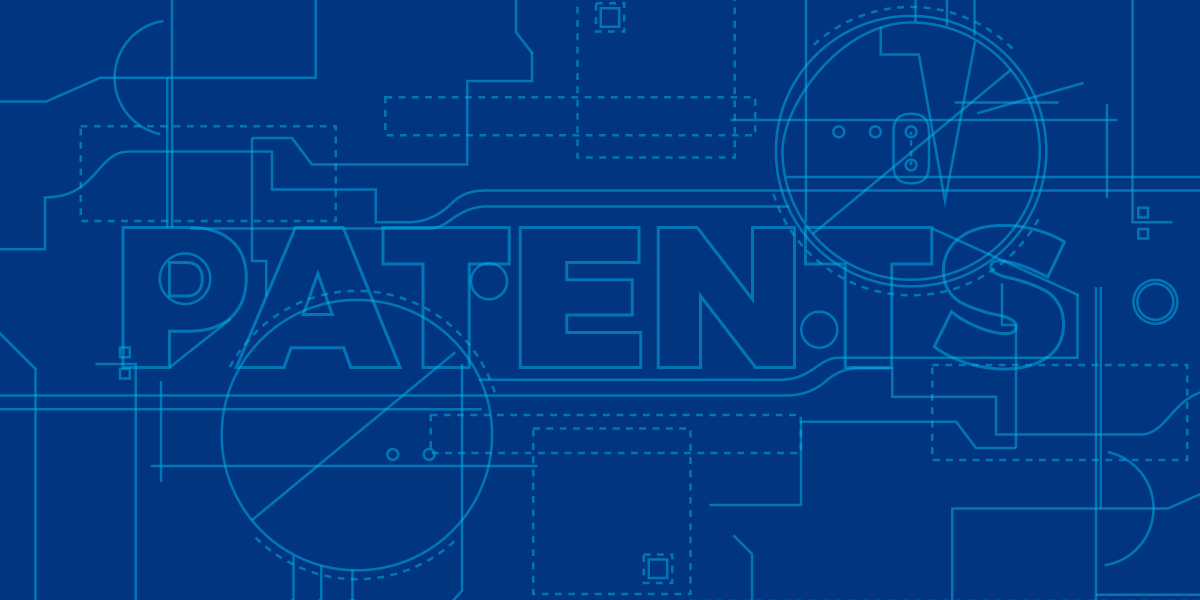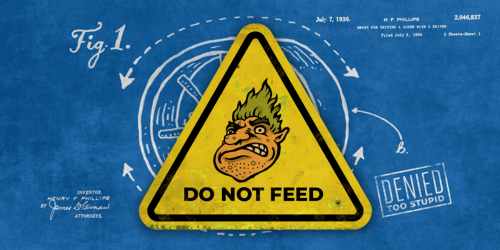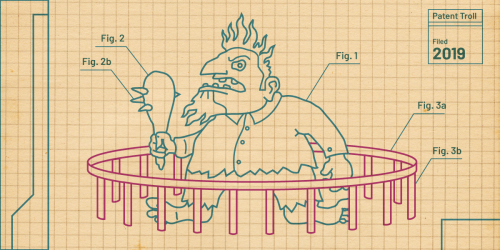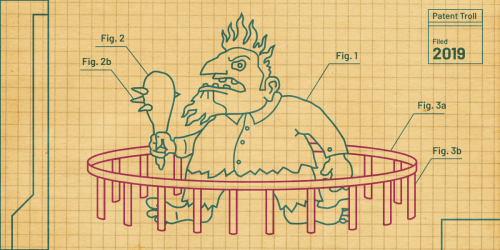The patent examination process is rife with problems. Too often, patent law supports applicants seeking unwarranted monopolies—not the public interest. That’s why we get things like Amazon’s patent on white-background photography. This is especially true when it comes to software and so-called “business methods,” a catchall term for patents that are often granted for trivial innovations on well-known concepts, like financial hedging.
Fees from patent applicants pay about 85 percent of the budget of the U.S. Patent and Trademark Office, and the office very much serves those “customers” who are seeking patents—not the public.
In sum, there’s a very long way to go before the patent examination process becomes fair to the public. However, there are a few ways the process could be changed that we believe would deliver outsized results. That’s why when the U.S. Patent and Trademark Office (USPTO) asked for public feedback on how to improve the examination process, we were glad for the opportunity to weigh in with our comments.
Don’t Penalize Submissions Of Technology By Third Parties
The America Invents Act, passed in 2012, brought important changes to the patent system, including a review process on granted patents called inter partes review, or IPR. While the IPR process isn’t perfect, and needs to be strengthened, it’s been a big success in getting some of the worst patents out of the system, more cheaply and effectively than a court case.
The IPR system works because it lets other people submit evidence of “prior art,” a legal term for technology that pre-exists a particular patent. This system of allowing third parties to submit prior art is how EFF was able to knock out the infamous “podcasting patent” that was being used to hold up podcasters.
But why isn’t the patent office listening to outside experts before granting unwarranted patents? The truth is, outside parties are allowed to submit prior art. But use of this process is very rare. A recent study looked at 10,000 issued patents and found only 14 that included outside prior art submissions. The same study found that out of a body of 1,600 third-party submissions that were accepted by USPTO, only 12.96% of those references were actually used by the examiners.
The Patent Office should welcome valuable information submitted by independent experts, who aren’t out to gain a patent. But independent submissions like this can backfire on the persons who submit them. That’s because overworked patent examiners often ignore the submitted prior art, but it remains in the public record. When there’s a dispute later on, such as in an IPR, the examiner is presumed to have considered all those submitted references. Thus, submitting prior art can raise the burden of invalidating a bad patent later on. Often, it’s smart strategy for a potential patent defendant to wait and use their prior art in litigation, or in an IPR.
This should be an easy fix, at least for the IPR process, which is under USPTO control. Examiners should not be presumed to have looked at prior art unless they actually cite the reference and rely on it during the examination process.
Don’t Allow Patent Claims to be Changed Mid-Examination Without Good Reason
One USPTO tradition that would be shocking to outsiders is that it’s allowed to change the nature of patent claims midway through the process, even if they change the claims to describe something that wasn’t supported in their original disclosure. The manual that governs patent prosecution states that an applicant “should show support in the original disclosure”—but they don’t have to. Often, they don’t. While ultimately the examiner should only allow claims that are described by the disclosure, letting the applicant skip this step means more unsupported claims that fall through the cracks during the examination process.
Applicants shouldn’t be allowed to change the rules of the game midway through—especially when they’re the ones who made the original invention disclosure. If the claims are changed, the applicant should have to explain how they are supported in the original disclosure. If they can’t, they shouldn’t be allowed to make the changes.
In many ways, there’s a fundamental one-sidedness to the patent application process. What the USPTO calls a “final rejection” of an application is far from final. In fact, there’s no limit to the number of times applicants can return and insist that they be allowed to change their application, and have it considered again.
Insisting that amended or added claims have support in the original application won’t fix this one-sidedness, but it could prevent some of the most egregious outcomes.
Earlier this week, the U.S. Patent and Trademark Office extended the comment period for this matter. The full list of questions to be considered in this request can be viewed on the Federal Register, and comments can be submitted at Regulations.gov until Feb. 28, 2023.
- Read EFF’s Full Comments









